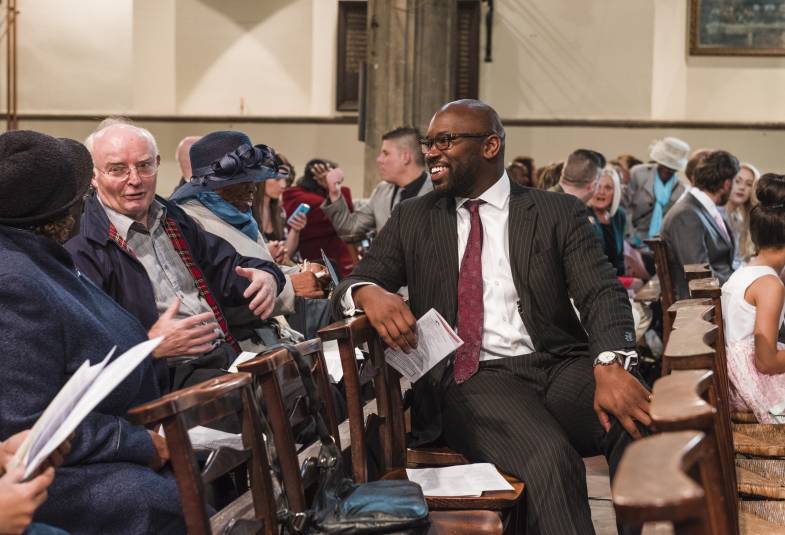Historic seating can be significant in its own right as well as a major element of the significance of the church as a whole. Changing or replacing it can have a big impact on the interior of your church.
We can help you understand your seating and the options for making changes.
Download our guidance
- Seating (566.67 KB)

The value of historic seating
Seating is an important part of the furnishing of a church and makes a key contribution to the character of the interior. It usually includes:
- Individual chairs or stalls for the clergy in the chancel
- Choirstalls in the chancel
- And seating for the congregation in the nave and aisles (e.g. chairs, open benches and pews, some with doors and panelling and known as box pews.)
The interest of the seat furniture will be made up of its:
- Age
- Rarity
- Quality
- Workmanship
- And its importance as part of the building
Where the seating is of great historic or artistic interest the case for retention may be overwhelming. Medieval seating is particularly rare and highly prized. There is a presumption against removing or altering any pre-Victorian and especially pre-Reformation seating. Many churches have nineteenth-century pews or benches that are not of great artistic merit in themselves yet contribute greatly to the overall character of the church. This is especially true if they were installed as part of a wider restoration and reordering. Some may have been designed by the architect who restored the building. If so, the case for keeping the seat furniture would be much stronger.
Remember: Historic seating can be significant in its own right as well as a major element of the significance of the church as a whole.
Do you need permission?
Yes. Any change to your church’s seating requires a faculty.
Assessing the case for new seating
The decision to remove historic seating should be made on a case-by-case basis following a careful assessment of significance, needs and impacts.
There is a presumption against any change that will harm the historic character of the church. This means that, if you wish to replace all or some of your church’s seating, you will need to demonstrate that the need for change is strong enough to justify the harm.
We recommend a step-by-step approach: